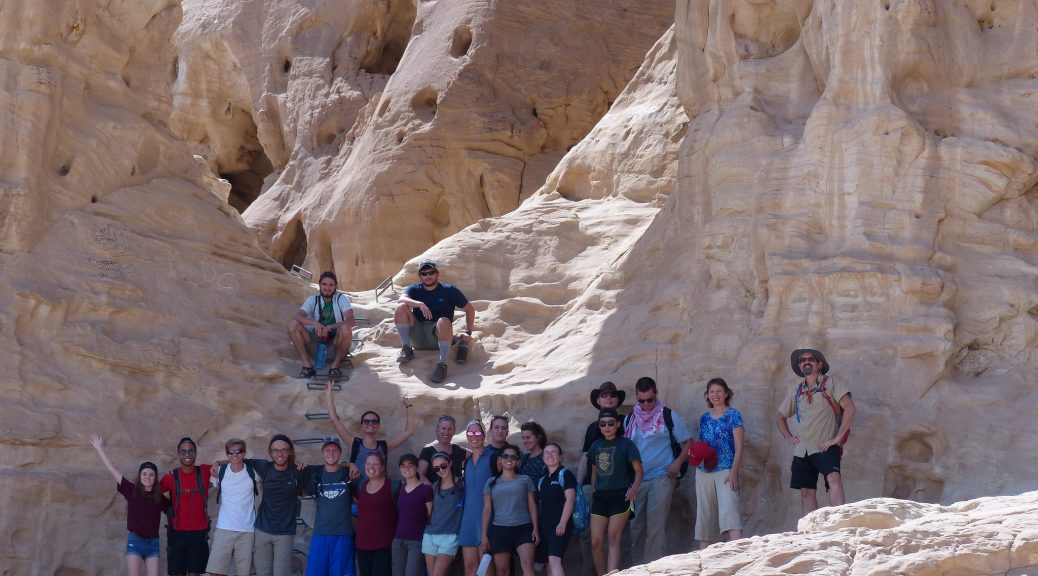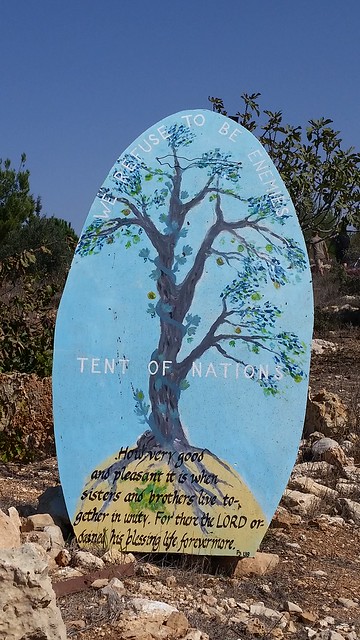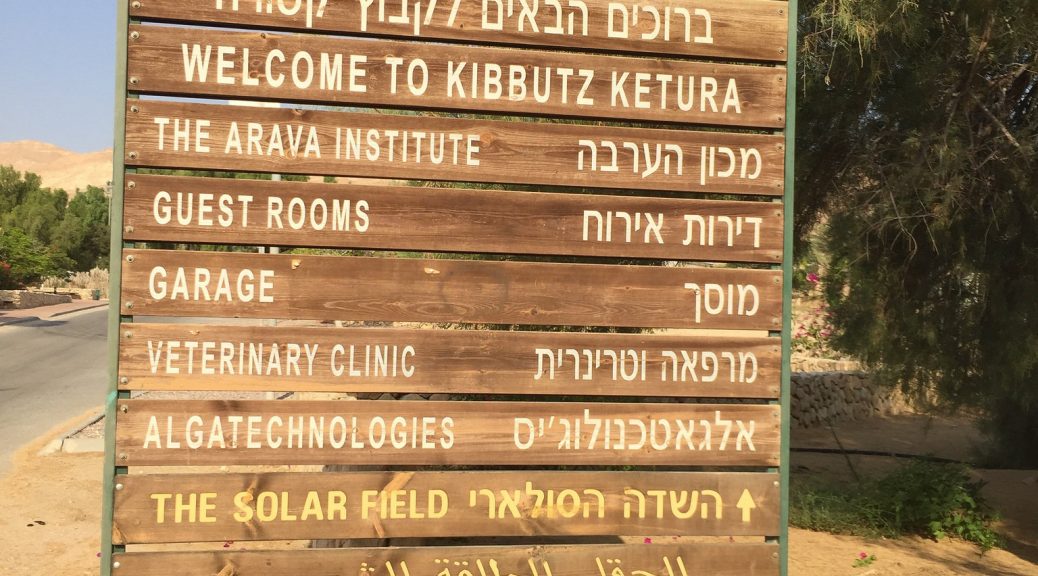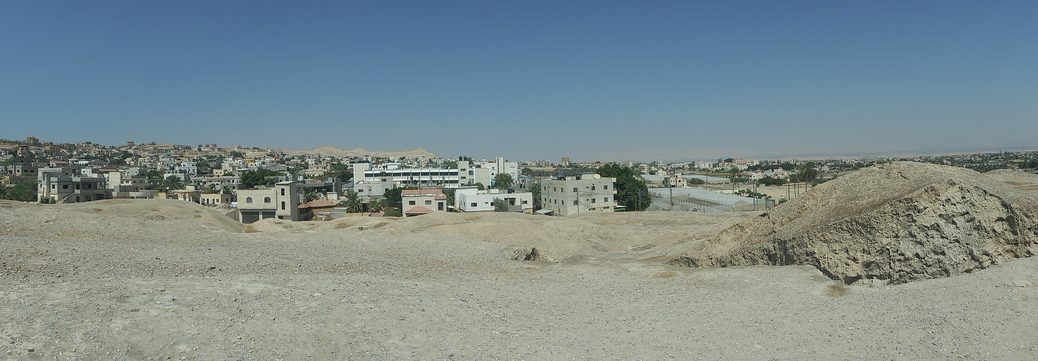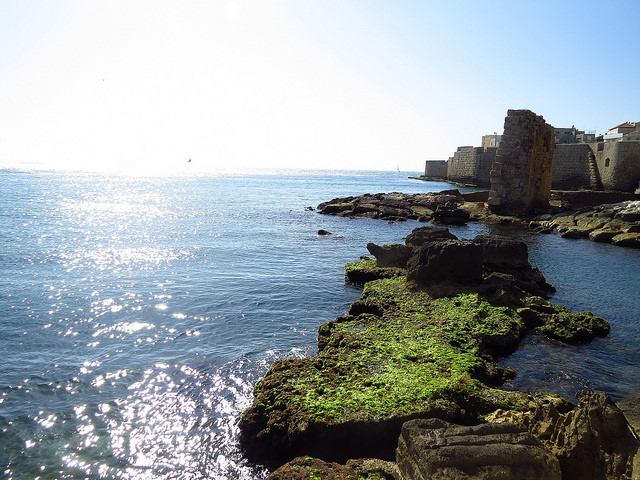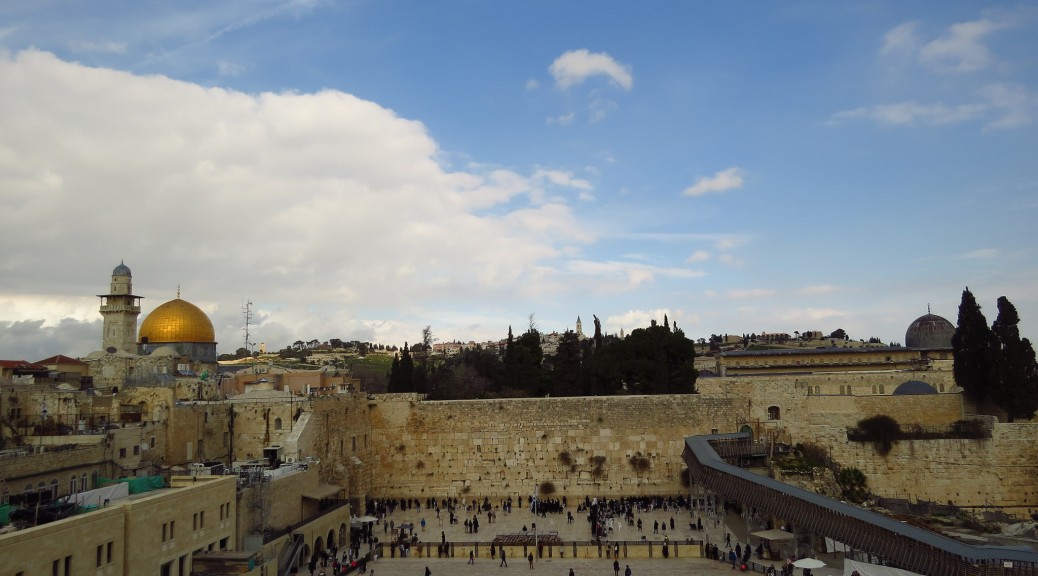ISRAEL-PALESTINE: Desert life and reflections
Why aren’t more people using THESE alternative energy sources?
Throughout our time at Kibbutz K’tura the group has listened to several lectures and participated in a variety of Kibbutz activities. Perhaps the most memorable for me was the visit to K’tura’s “Off the Grid” village. As an initiative stemming from the strong emphasis on environmentalism and … Continue Reading ››
